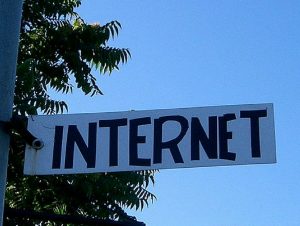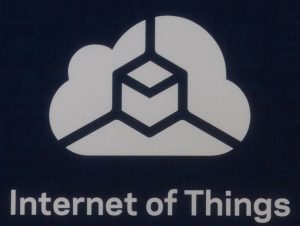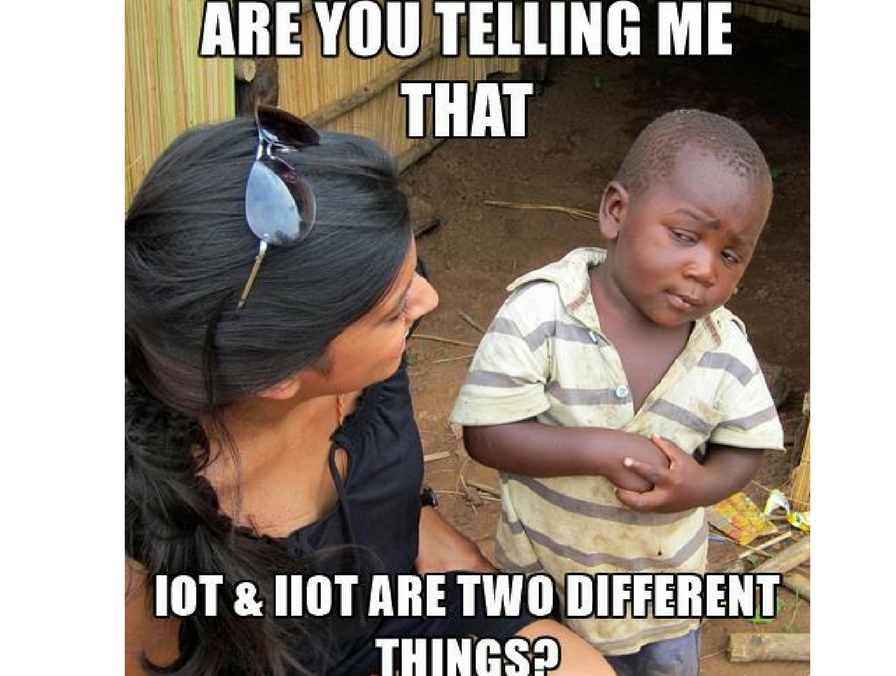The Internet of Things(IoE) is taking the world by storm. If you’ve been to industrial seminars or read articles online, you’ll come to realize that there’s a lot of buzz in regards to this new age term.
So what exactly is the Internet of Things (IoT)? How industries are implementing it in their work processes and most importantly, what it means to you as a business?
I am assuming that you do not have any idea about this concept. If you do, you can jump straight to our other blog articles on IIoT (in the coming weeks).
Do note that in this article we shall dive into the basic terminology of IoT/IIoT and then we shall dissect how it’s applicable to various industries. They key takeaway here is to form a self-realization about how you should start to plan your business for this revolution.
Why are we advocating IIOT?
At Phoenix Contact we build innovations that speak volumes. Our mission is to help clients and businesses alike achieve productivity and efficiency through cost saving and ground-breaking solutions.
Our clients who have transitioned towards the concepts of IIOT including Big Data and M2M have seen tremendous changes in the way their business is being run. And we hope to share as much awareness and knowledge, in the simplest possible way.
As such we have customized solutions if you’re planning to gear your business for IIoT (Industrial Internet of Things).
Be warn that this concept is not new and chances are you know of businesses who are already transiting towards this new technology even as we speak. So if you’re ready to understand more on IIoT, I suggest reading on.
Birth of the Internet
For those of you who may not know, the term IoT corresponds to the birth of the internet. During its infancy, the internet was an exclusive place for selected members to have access to information.
As it experiences growth and widespread usages, the internet brought a wave of ideas along with it such as globalization, wireless technology, and data-driven analytics (in real time). This has enabled us to share data across borders, reducing the need to be physically present.
So what is IOT?
While the internet is basically a medium where we search for information, IoT, on the other hand, is a channel where we gather information regarding a specific thing.
Things such as having a heart monitor implant on a person or perhaps a biochip transponder in an animal or even a vehicle with built-in sensors to alert the driver about incoming objects. In short, anything that can be assigned an IP address and renders the ability to transfer data over a network is considered an IoT.
To make it simpler, IoT is basically a term where machines can talk to each other and then allow humans to read those data because of their communications.
Kevin Ashton, cofounder and executive director of the Auto-ID Center at MIT, first mentioned the Internet of Things in a presentation he made to Procter & Gamble in 1999. Here’s how Ashton explains the potential of the Internet of Things:
“Today, computers — and, therefore, the internet — are almost wholly dependent on human beings for information. Nearly all of the roughly 50 petabytes (a petabyte is 1,024 terabytes) of data available on the internet were first captured and created by human beings by typing, pressing a record button, taking a digital picture or scanning a bar code.
The problem is, people have limited time, attention and accuracy — all of which means they are not very good at capturing data about things in the real world. If we had computers that knew everything there was to know about things — using data they gathered without any help from us — we would be able to track and count everything and greatly reduce waste, loss and cost. We would know when things needed replacing, repairing or recalling and whether they were fresh or past their best.”
How is IoT important for businesses?
Before we explore how important it is, we must first understand through case studies and applications of IoT in everyday business dealings.
The first known application of IoT was in the early 1980s. Programmers at Carnegie Melon University connected a Coke machine over the internet.
The purpose was to monitor the status of the machine and determine the stocks of coke so that they could decide whether to make the trip to the vending machine.
Although this experiment was small scale, it manages to identify the true essence of IoT – which is to allow machines to gather data so that we could make informed decisions.
So what’s the difference between IoT (Internet of Things) and IIot (Industrial Internet of Things)?
As said, IoT is generally anything that you connect the internet to, enabling you to govern and extract data from.
IIoT, on the other hand, is a manifestation of IoT but, instead of a singular product or process, IIoT is more large scale and permits different machines working on other tasks to communicate with other machines, working on separate tasks.
In short, it’s IoT, but industrial sized. That means you’ll have software and data engineers working hand in hand with your automation and process engineers.
Successful applications of IIoT:
As said IoT allowed humans to interpret data from the machine to machine communication (M2M). Today, everything from household appliances to manufacturing production makes use of IoT.
Examples of how Phoenix Contact has enabled IIoT:
- Using digitization, manufacturing companies are getting data through digital, which allows for intelligent decisions and flexibility. Learn more.
- Through a common protocol such as IEC61850 to facilitate communication across different“Intelligent Electronic Devices (IED)” in manufacturing plants that uses different communication devices. Learn More.
- Using technology such as Supervisory Control and Data Acquisition (SCADA) in water systems to transmit remote data back to central control (data such as water quality levels for example). Learn More.
IIoT can be and have been utilized in industries below:
- Building Infrastructure – Example: Smart Lighting
- Automotive Industry – Example: Vehicle Auto-diagnosis
- Solar and Wind Energy Industry – Example: Photovoltaic Installations
- Oil and Gas – Example: Monitoring of water, oil and gas levels in storage tanks and cisterns
- Transportation – Example: Estimated time of arrival for public transport systems
These are just some examples of where internet technology can be unified with engineering technology to provide seamless data supplied.
The applications are endless.
In the next article, we will be sharing practical applications of IIoT based on products that we suggest and provide insights on how to utilize them.
We shall also dive into the other keywords surrounding IIoT such as Industrie 4.0, M2M and SCADA.
A point to note: Businesses are slowly paving the way towards integrating cloud-based technology in their processes to allow for cost reducing, data-backed and consistent decision making.
If you wish to find out more, speak to our IIoT specialist regarding how your business can benefit from IIoT and the technology needed to get started on.






